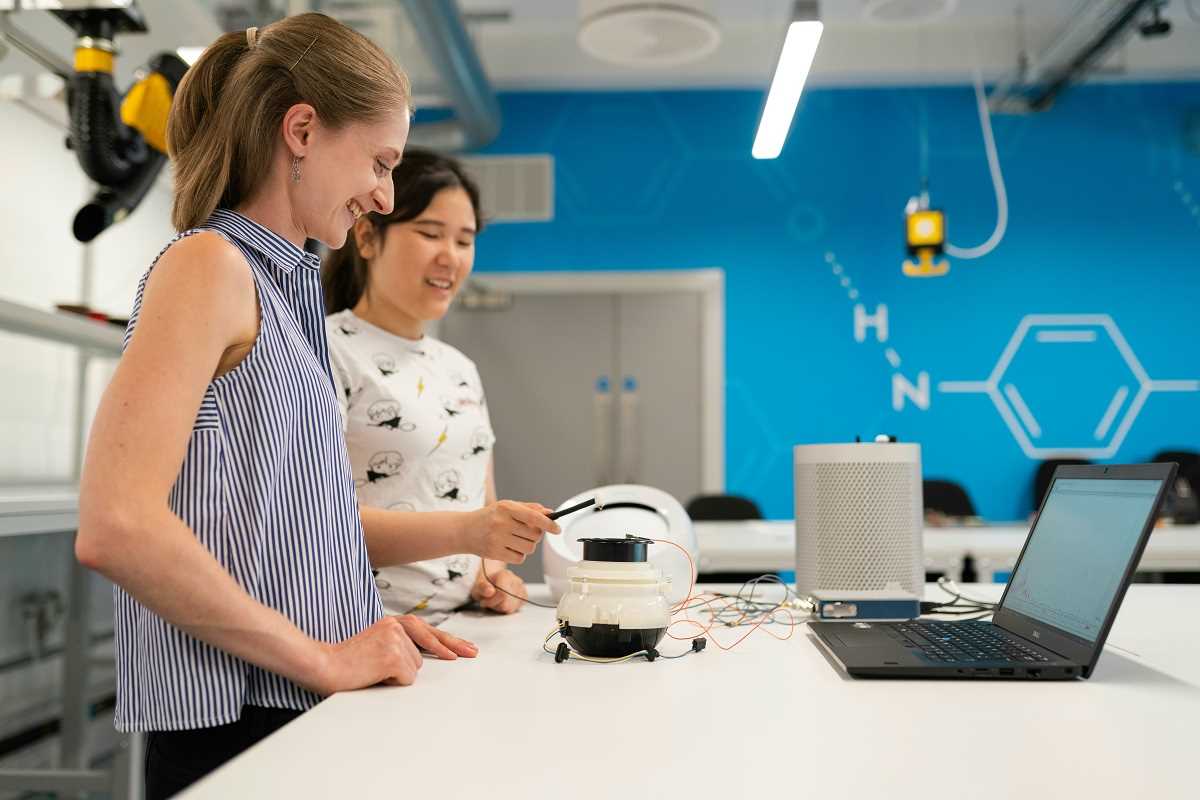Creative workplaces benefit when people experiment with new ideas and challenge conventional ways of thinking. Testing concepts quickly helps teams identify what succeeds and what needs improvement before making large commitments. By putting ideas into practice early on, teams can adjust their direction based on real results rather than assumptions. This practical approach encourages active learning and allows unexpected possibilities to emerge. Rapid experimentation not only saves time and resources, but it also leads to more effective solutions that might not surface through discussion alone. Through hands-on trials, teams discover which innovations truly add value and which should be reconsidered.
Organizations that dedicate time and space for exploring novel ideas adapt faster to shifting environments. They create practical spaces where team members exchange insights and try out emerging concepts without the fear of immediate failure.
What Are Internal Innovation Labs?
An internal innovation lab is a dedicated space where employees experiment with emerging ideas and new technologies. These labs stimulate creativity by providing the freedom to test out theories without the burden of standard office expectations.
Such environments promote collaboration and enable teams to address specific challenges. They serve as incubators for practical solutions that can eventually benefit wider company operations.
- Physical or virtual spaces designed exclusively for experimentation.
- Dedicated resources that support research, development, and prototyping.
- A culture that encourages risk-taking and swift feedback loops.
- Access to modern technology and research tools to guide creative processes.
Key Benefits of Innovation Labs
Internal innovation labs boost a company's ability to adapt. They quickly integrate insights from experimental projects into everyday practices, ensuring that the organization remains agile. These labs can lead to breakthroughs that might not surface in traditional work settings.
By balancing creative freedom with practical constraints, innovation labs secure a steady flow of improved products and processes. They also boost team morale and contribute directly to company performance.
- Speed up the development of ideas into working models.
- Improve teamwork through shared challenges and successes.
- Identify and solve problems more efficiently.
- Validate projects cost-effectively through early prototyping.
Designing an Effective Innovation Lab
To set up an innovation lab, define clear objectives paired with the right mix of talent and tools. Start by clearly outlining the lab’s purpose. Decide on the types of projects you want to explore and establish realistic criteria for measuring success.
Creating practical guidelines helps team members focus on core issues without unnecessary distractions. Standardize procedures for selecting projects and ensure feedback mechanisms are strong enough to refine each idea continuously.
- Define a clear mission that aligns with overall company goals.
- Create a flexible framework that accommodates various project types.
- Invest in essential tools, technologies, and expert guidance.
- Set milestones to measure progress and identify quick wins.
Overcoming Common Challenges
Every new initiative faces obstacles; identifying and addressing them early prevents long-term setbacks. Technical constraints, budget limitations, and rigid corporate cultures can restrict creative potential. Recognizing these obstacles is the first step to overcoming them.
Teams can navigate challenges by developing contingency plans and maintaining open lines of communication. Encouraging an atmosphere of continuous learning makes it easier to adjust tactics when needed.
- Limited budget: Prioritize low-cost experiments and leverage existing resources.
- Resistance to change: Create small wins that demonstrate value quickly.
- Time constraints: Structure projects with clear, achievable milestones.
- Resource scarcity: Partner with external experts or consultants for niche expertise.
Using Design Thinking and Prototyping Effectively
Design thinking provides a practical approach to unpack and shape complex problems. It invites team members to explore user-centric solutions that focus on real needs. This human-focused approach clarifies each development cycle and highlights potential areas for improvement.
Teams can use methods to prototype bold ideas quickly, ensuring that every concept undergoes a practical test before full-scale development. Regular feedback helps refine the process and boosts confidence in new ideas.
Explore Further: The Role of Innovation Labs
Innovation labs serve as a bridge between unconventional thinking and practical application. They act as safe zones where beginners and experts collaborate to solve lasting challenges. This hands-on dynamic benefits the organization on multiple levels.
The shared insights demonstrate how internal innovation labs can change the way projects begin and develop. A focus on rapid prototyping and iterative progress drives both individual and organizational growth.
By following this roadmap, you can encourage experimentation with bold ideas and create a more innovative workplace culture. Although challenges may arise, the potential rewards justify the effort.
 (Image via
(Image via





